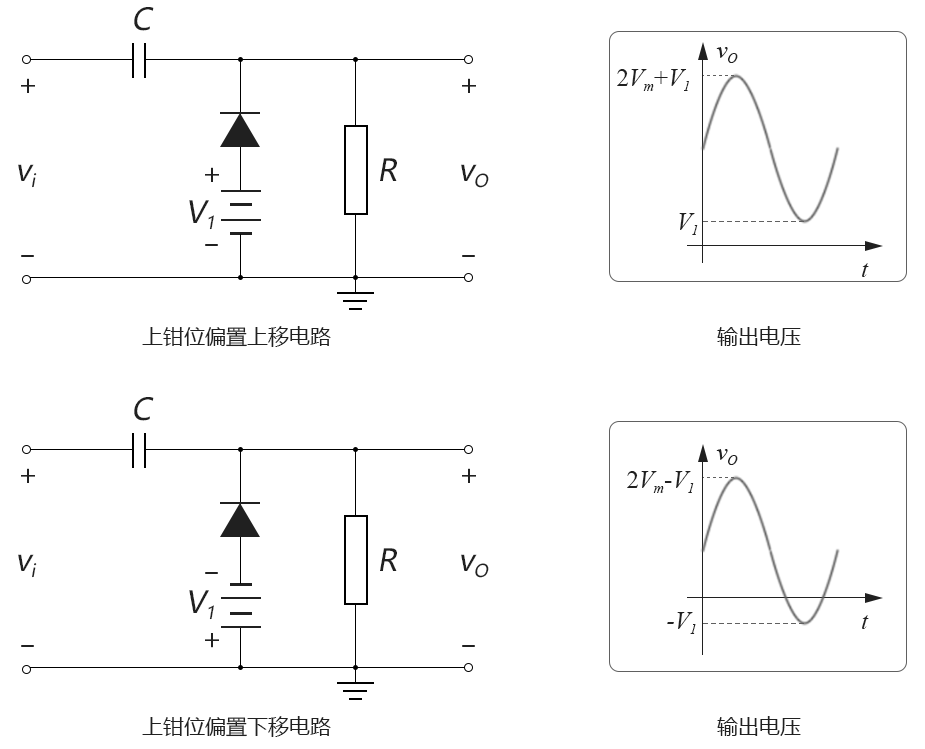1、数组排序
void ArrLinq()
{
string temp = null;
int[] arr = new int[] { 8, 5, 89, 3, 56, 4, 1, 58 };
var m = from n in arr where n < 58 orderby n select n;
foreach (var n in m)
{
temp += n + ",";
}
Label1.Text = temp.ToString();
}
2、数组排序
void ClassLinq()
{
List<Person> list = new List<Person>()
{
new Person(){ Name="Olive",Sex="女",Age=22},
new Person(){ Name="Moyao",Sex="男",Age=23},
new Person(){ Name="Momo",Sex="女",Age=22},
new Person(){ Name="Only",Sex="女",Age=20},
new Person(){ Name="Love",Sex="女",Age=21},
new Person(){ Name="For",Sex="女",Age=22},
new Person(){ Name="Remote",Sex="男",Age=23},
new Person(){ Name="Snow",Sex="女",Age=23}
};
//从list集合中选出性别为“女”
var girls = from g in list
where g.Sex == "女"
select g;
//从list集合中选出性别为“男”的人
var boys = list.Where(p => p.Sex == "男");
Console.WriteLine("Girls");
foreach (var g in girls)
{
Console.WriteLine("姓名:" + g.Name + "--性别:" + g.Sex + "--年龄:" + g.Age);
}
Console.WriteLine("Boys");
foreach (var b in boys)
{
Console.WriteLine("姓名:" + b.Name + "--性别:" + b.Sex + "--年龄:" + b.Age);
}
}
public class Person
{
public string Name
{
get;
set;
}
public string Sex
{
get;
set;
}
public int Age
{
get;
set;
}
}LINQ常用语句
news/2025/2/22 4:37:55
相关文章
Java中的类反射机制
Java中的类反射机制 一、反射的概念 : 反射的概念是由Smith在1982年首次提出的,主要是指程序可以访问、检测和修改它本身状态或行为的一种能力。这一概念的提出很快引发了计算机科学领域关于应用反射性的研究。它首先被程序语言的设计领域所采用,并在L…
初级模拟电路:2-5 钳位器
回到目录 钳位器(clamper)可以将输入波形整体上移或下移,“clamper”在 英语中的原意是“夹具”的意思,很形象地说明了它可以把波形任意钳夹在某个电平处。如下图所示: 图 2-5.01 钳位电路的核心器件是二极管和电容&a…
dataset合并结果集
csdn网址:http://msdn.microsoft.com/zh-cn/library/aszytsd8(VS.80).aspx DataSet customers new DataSet(); adapter.FillSchema(customers, SchemaType.Source, "Customers"); adapter.Fill(customers, "Customers"); DataSet…
Java解析网络数据流的三种特殊方法
Java解析网络数据流的三种特殊方法 Java作为最开放的语言,已越来越受到网络程序员的青睐。但这一青睐族有着同样的经历——曾经都为网络上通信的Java数据格式而烦脑。笔者也不例外,曾经为此而查阅了很多文档,经过反复测试才得以解决 …
从用户感知谈软件性能测试
一个小系统,用户数是20个,那事务的平均响应时间大概在什么范围内?怕麻烦可以直接告诉他2/5/8原则,钻牛角尖的话,需要进一步确认是什么样的系统?提供的是什么类型的业务?用户行为是什么样的&…
枚举本地-远程NT系统进程
枚举本地-远程NT系统进程
作者: eyas版权所有:http://www.ey4s.org中文版本出处:http://www.gamehigh.net/ Windows2000中有个工具taskmgr.exe就可以比较详细的查看当前系统进程信息,但是那是Windows GUI程序,有时候…
C# ASP.NET MVC HtmlHelper
一、Html.ActionLink控件语法1、linkText:生成的链接所显示的文字 类型:string2、actionName:对应控制器的方法 类型:string3、routeValues:向对应的action…
Apache Common BeanUtils 2
jakarta commons 下面有许多已经开发好的好用组 件 我沒记错的话, 应该是讨论到 Net Ftp, 但是你们连结到 Commons 的网页時候, 一定会吓了一跳, 哇, 怎 么会有这么多已经在开发的组件, 还有正在 SandBox ( 研发中 ) 的项目, 所以如何善用之, 就变成我在连续 几周, 都会讨论的课…

